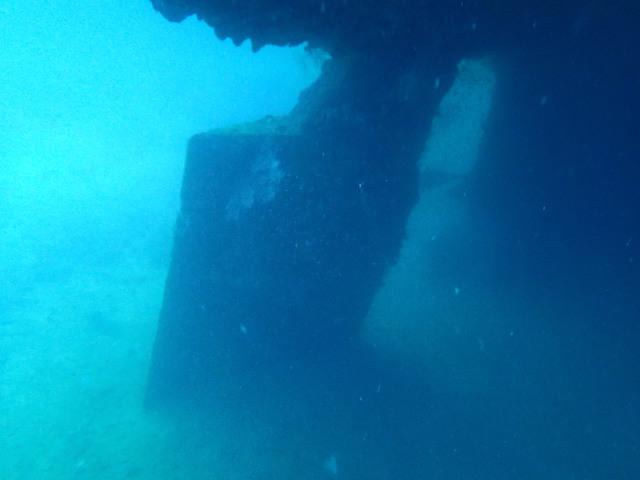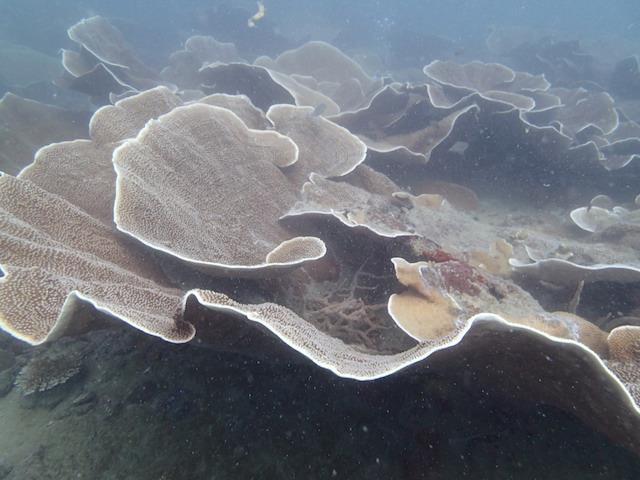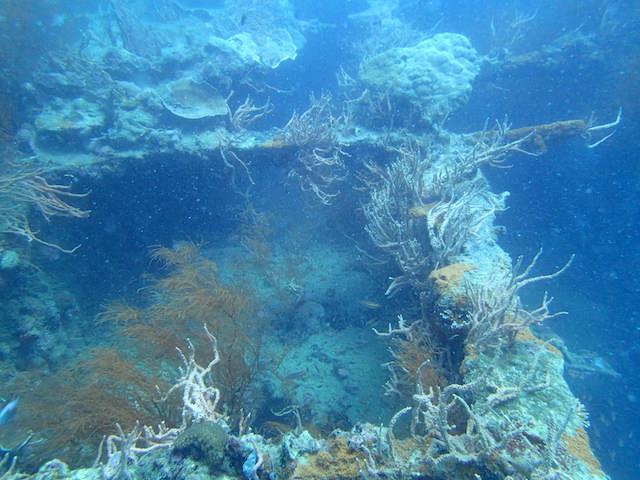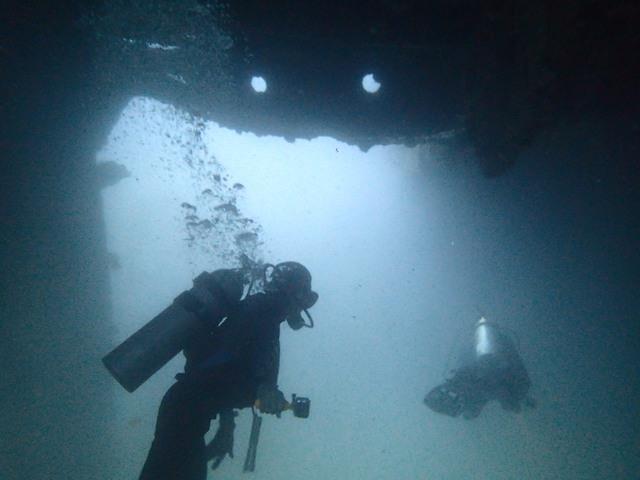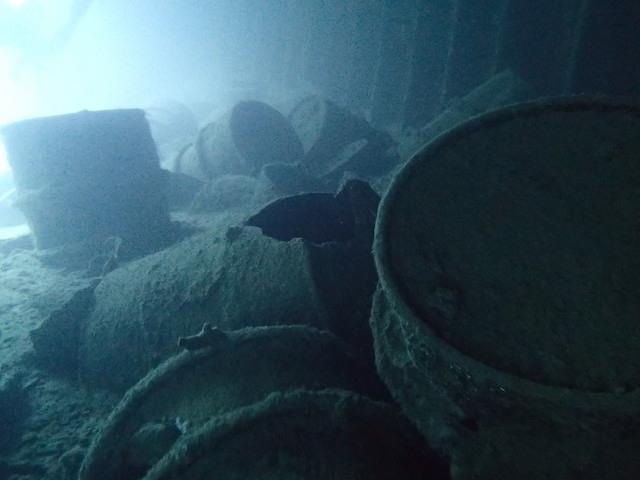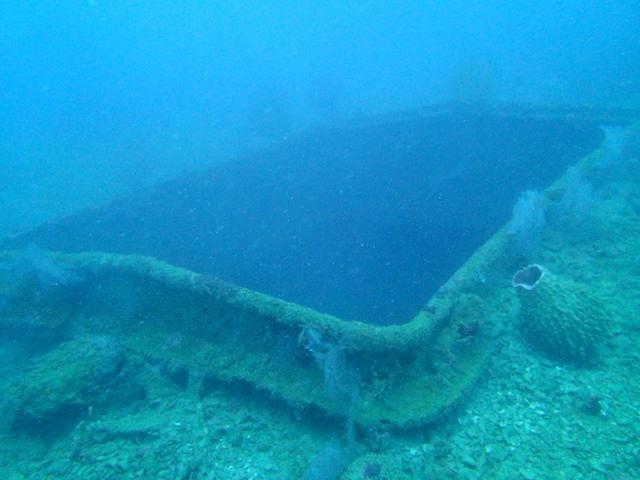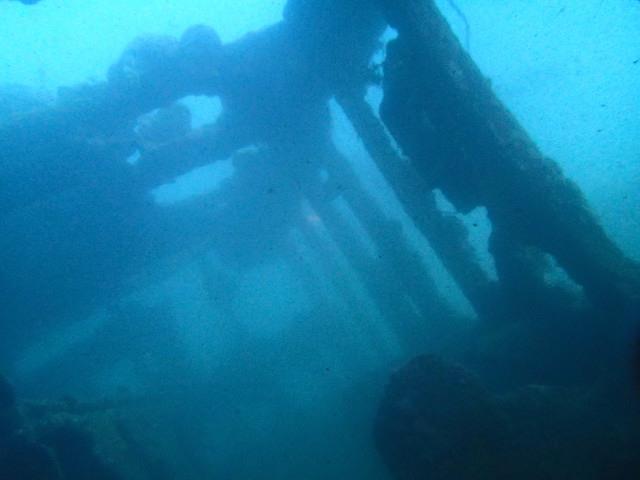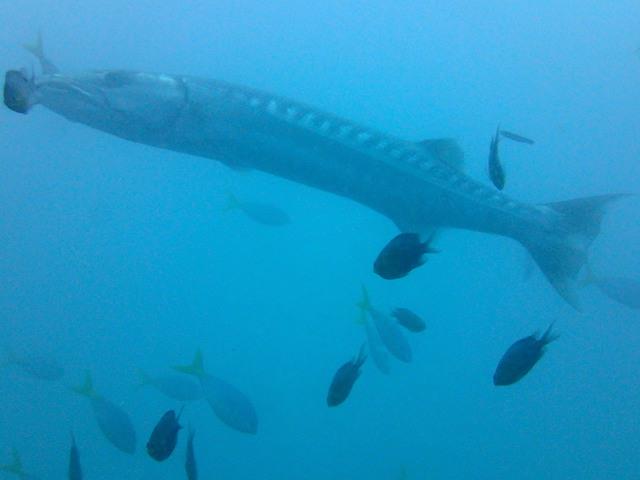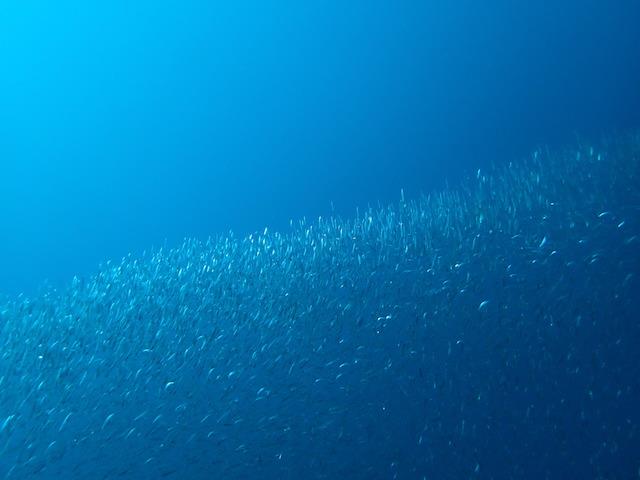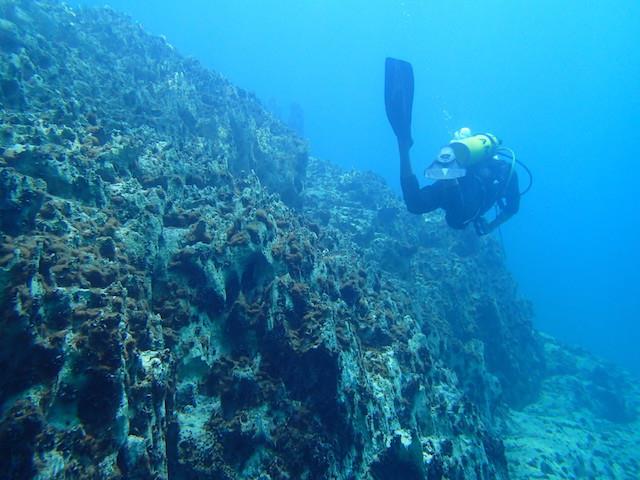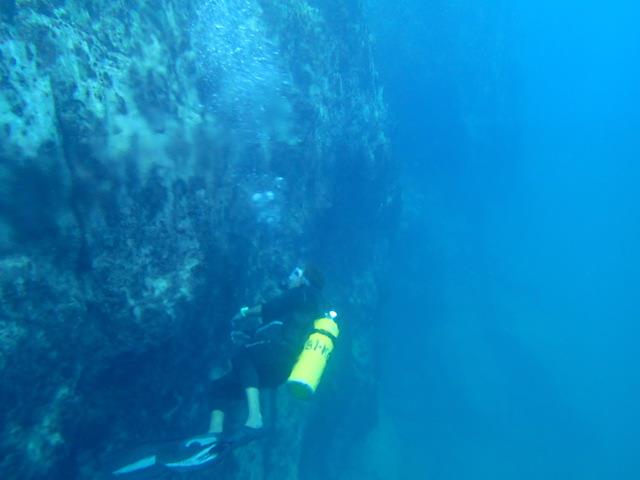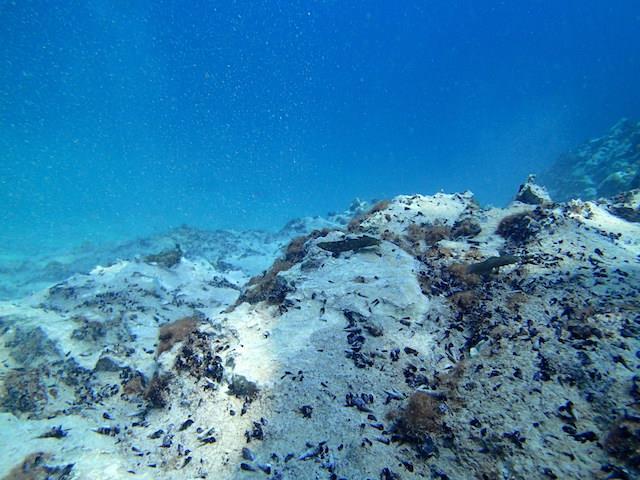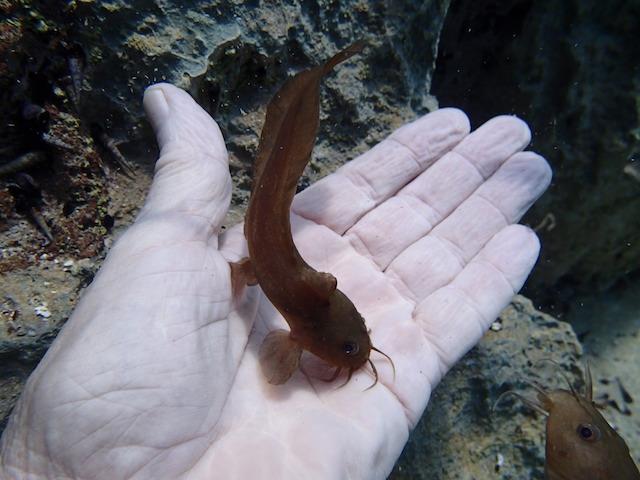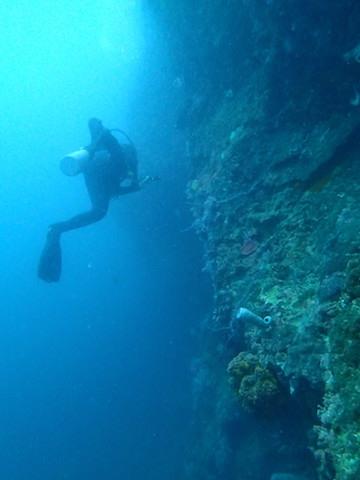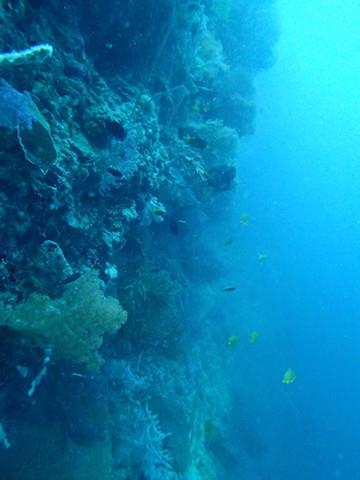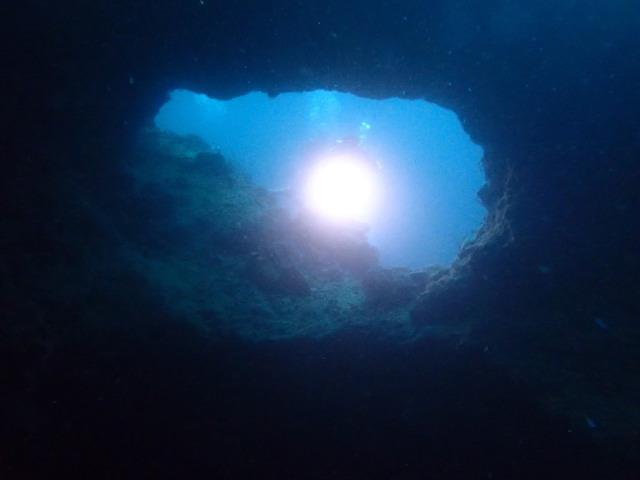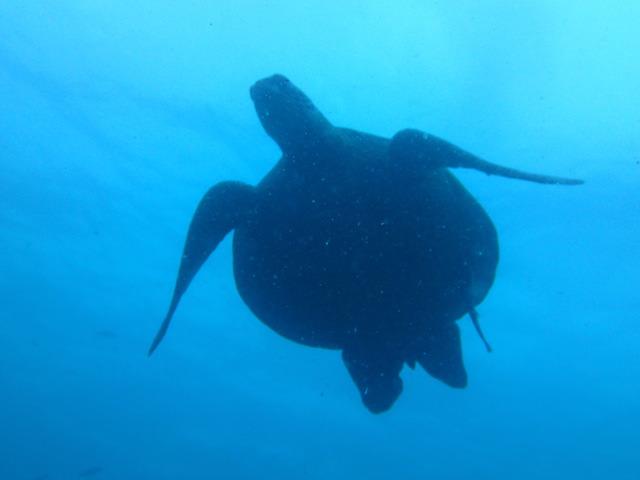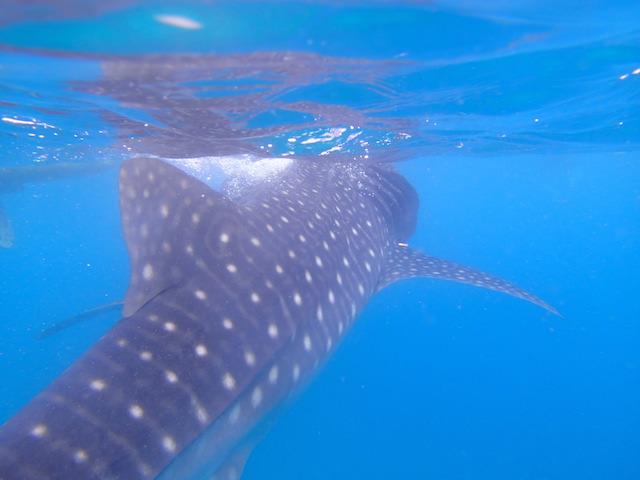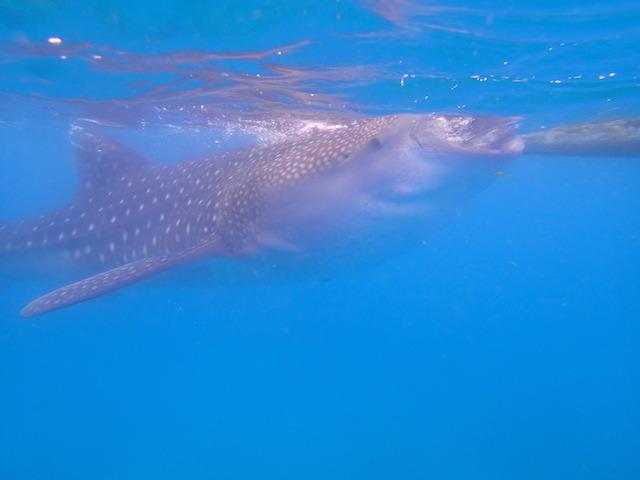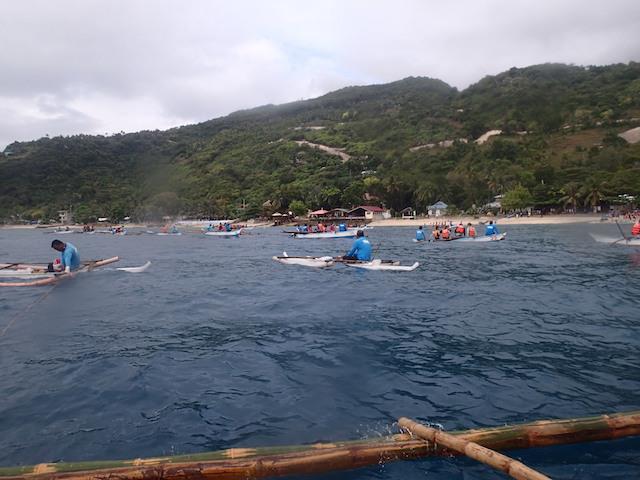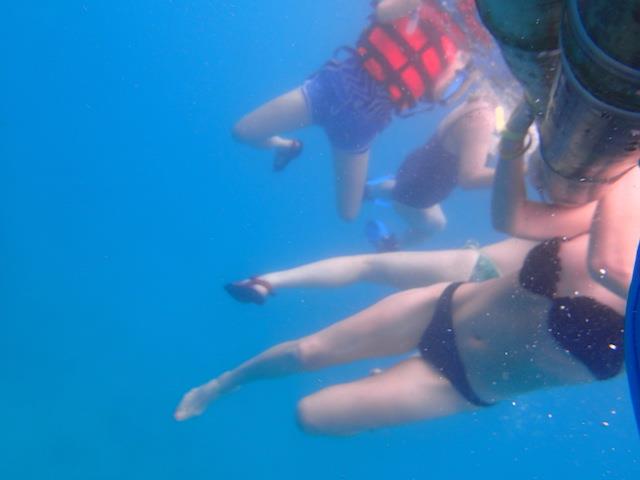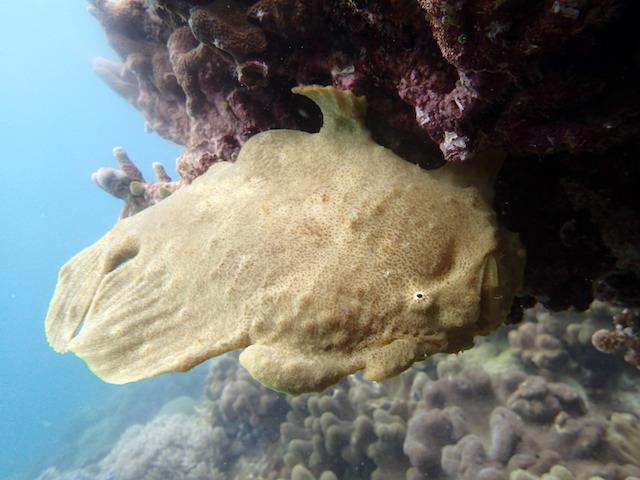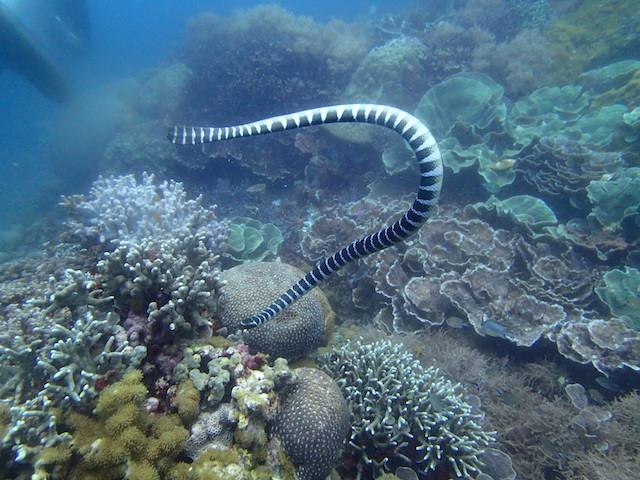PHILIPPINES DIVING: WRECKS, WALLS, WHALE SHARKS AND MORE by Andrew Falconer
On a first time two weeks trip to the Philippines, I experienced a variety of diving on three separate islands, out of the 7,000 that exist. Getting there from Australia is relatively simple: direct flights to Manila if you live in Sydney, or in my case via KL from Perth with Air Asia. From Manila, there are regular flights to Busuanga, Cebu and Dumagueti, although to get from Busuanga to Cebu you have to go via Manila.
Busuanga Island: World War 2 Japanese wrecks and a hot lake
On 24h September 1944, American aircraft attacked and sank a number of Japanese ships, which were sheltering in a bay near Coron, Busuanga Island. The ships were mostly merchant vessels, with the exception of a flying boat retrieval vessel (Akitsushima) and a submarine hunter gunboat (Teru Kaze Maru). The wrecks lie between 3 and 42metres, are all still intact, although the holds are mostly empty, the propellers have been salvaged and time has taken its toll.
|
Diver over one of the wrecks |
The rudder of one of the wrecks |
The majority of the wrecks lie fairly close to each other, about an hour by boat west of Coron, so diving involves double or triple dives, lunch on board and a full days trip. There are a number of dive shops in Coron, however it all seemed a bit hit and miss regarding dive destinations (no decision until night before) and numbers (one to twenty) on board. I stayed in budget accommodation and dived with Korean run Sanho Dive. Generally at a wreck site we were not the only divers.
|
Coral growth on the hulls of the wrecks after 70 years is prolific |
The visibility was variable, generally about 10metres, and coral growth on the outside of some of the wrecks completely covering them. I dived a total of eight different wrecks.
|
Penetration of one of the wrecks |
Oil drums inside one of the wrecks |
Penetration is possible on all the wrecks, including into the cargo holds. There is not much left inside, some oil drums (Morazán Maru), concrete bags and rolls of wire netting (Kogyo Maru), which also had the remains of vehicles.
|
The opening of one of the cargo holds |
Superstructure showing signs of wear |
One of the better wrecks was also one of the deepest, the Irako, which I dived on nitrox. However for me the best wreck was the Kyokuzan Maru, which is in Maricaban Bay on the other side of the island, because of which it is not dived much. The visibility there was better and there was a lot of fish life including a large barracuda and massive school of baitfish. Getting there involved a motorcycle ride to Vickie’s guesthouse for the dive.
|
A large barracuda ad a massive school of bait fish on the Kyokuzan Maru |
Barracuda lake
A dive with difference near Coron was Barracuda Lake, which is brackish and separated from the sea in an area of steep limestone cliffs. The water is clear and the temperature at the surface down to 12m is about 29 degrees. Then there is a layer of water at 38 degrees down to 20 metres, where it cools down a bit to the bottom. Needless to say a wet suit is not required as it is like being in a bath.
|
|
|
Diving in Barracuda lake: good visibility and a visible horizon between the hot and cold layers |
Where the colder and hotter water meet there is a visible horizon and it is quite fun to go back and forth between the layers. A type of catfish exists in the cooler upper layer, which are very friendly.
|
Barracuda Lake and friendly catfish |
Being surrounded by this huge school of barracuda was an experience not to be forgotten in a long time.
Cebu Island: Walls, Turtles and Whale Sharks
Moalboal is on the north coast of Cebu Island about 90km from Cebu City, and is a resort area with protected marine parks. I stayed and dived at the Quo Vadis dive resort which very pleasant and professional.
|
The walls around Pescador island near Moalboal |
Diving was a double dive boat trip to sites nearby including Pescador Island, which had some nice walls, caves, turtles and macro life. Another dive was around a big school of sardines. Although there were a reasonably large number of divers on the boat, we split into small groups.
|
Looking out from a cave on Pescador |
turtle overhead near Pescador |
About an hour from Moalboal by taxi is Oslob, which is a tourist attraction for viewing whale sharks. The local fisherman feed these creatures every morning and tourists line up to be taken offshore about 30 metres in small outriggers and watch or snorkel as these giants swim by to feed. The operation is regulated and the demand is high, the fisherman make money and the ethics are questionable.
|
Whale shark coming for a feed |
It must be said that at about $20 it is much cheaper than snorkeling with whale sharks in Australia, although it seemed a bit of a circus to me.
|
Outriggers lined up as water is baited |
Tourists hanging on in the current |
Apo Island: Coral and reef life
From the whale sharks it was not far by taxi to the ferry and across to Dumaguete on Negros Island. Not far off shore is a marine reserve protected island named Apo.
|
Large frogfish hanging upside down on Apo |
Banded sea snake on the move Apo Island |
There are several resorts, which offer dive trips to the island. A boat trip usually takes 30 minutes to get there and they usually do double or triple dives. The first dive we did was a drift dive, the other two in coral garden areas. The coral was quite nice and there was some interesting macro life, but as with much of Asia, very few larger reef or pelagic fish. We were not the only divers.
March / April 2017
 Mooloolaba
Mooloolaba Philippines
Philippines
